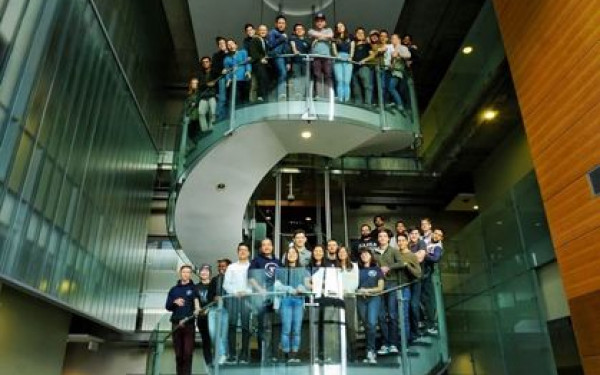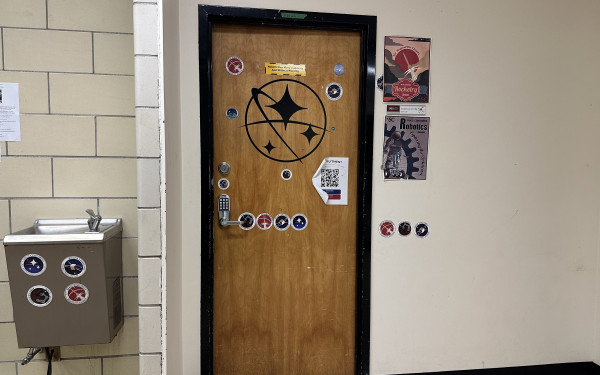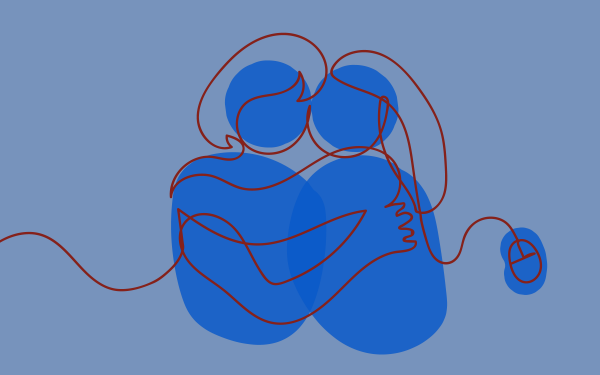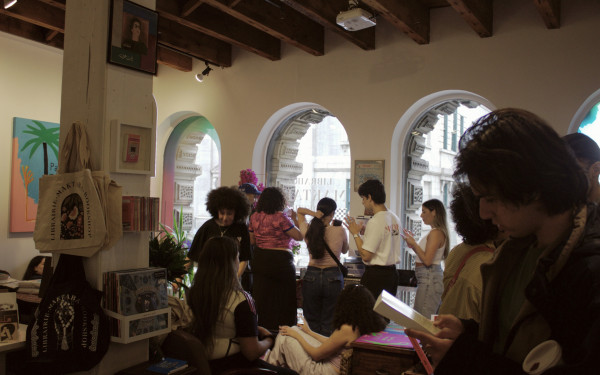Space Concordia Aim to Make History as First Student Group to Reach Final Frontier
To Boldly Go Where No Students Have Gone Before
“Ground Control to Trailer Tom” she sings to the tune of the iconic David Bowie song, Space Oddity. I’m sitting on a couch with Hannah Jack Halcro, the president of Space Concordia, in the cramped hallway of their offices. Trailer Tom is their newly built rocket trailer, and Ground Control is what they call the little box that controls it. They built it themselves, and they reckon it’s worth about half a million dollars.
We’re on the outer edge of the ninth floor of the Hall building, behind a wooden door adorned with a black decal vaguely reminiscent of the National Aeronautics and Space Administration’s logo. Inside, most of the floor space is taken up by their six-wheeled rover. The wall behind it is covered in autographed pictures of astronauts and scientists like Chris Hadfield and Bill Nye. On your right, they have their microwave with a warning: “absolutely no science in the microwave.”
In 2018, Space Concordia’s Rocketry Division had their best year yet. They placed first in both the 30,000 feet Commercial Off The Shelf Components category—Canadian teams are limited to off the shelf components because it would be illegal for them to develop their own solid rocket fuel technology—and in the SDL Payload Challenge at the Spaceport America Cup. “We innovated a lot on that project and we won,” said Halcro. “So what do we do now?”
The answer is the Base 11 Space Challenge.
The challenge is open to American and Canadian students with a top prize of $1 million U.S. The goal is to launch a liquid fuelled rocket to the Kármán line, which sits at an altitude of 100 kilometers and acts as a border to space. “Pretty simple right?” says Halcro.
Succeeding in the Base 11 Challenge would be a giant leap not just for Space Concordia, but for student rocketry in general.
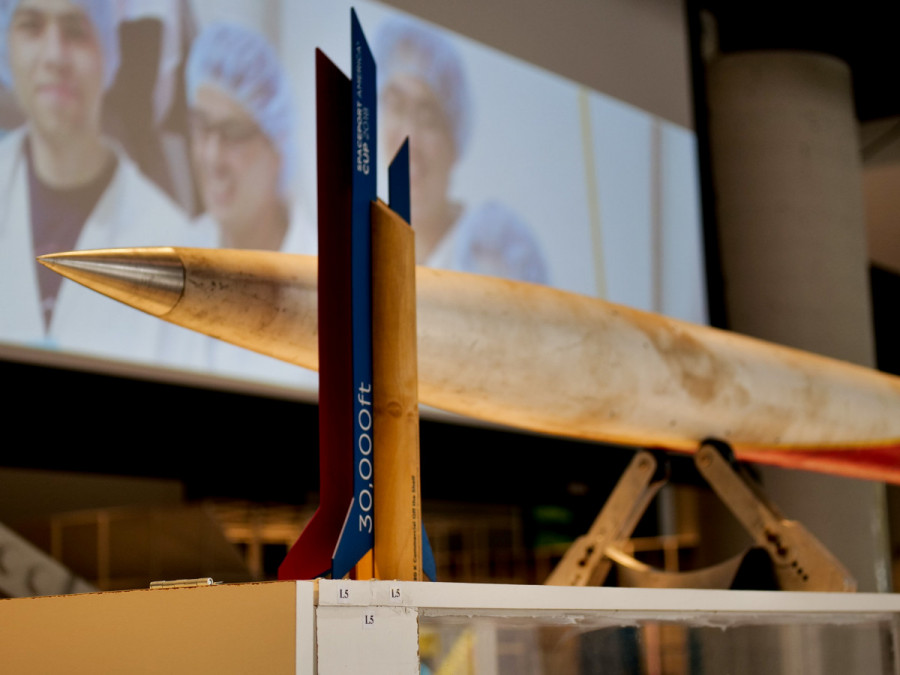
“I don’t know the number off by heart,” she says as she draws a short line on a white board, “But, I know the current record for a liquid powered rocket built by students is down here.” She then draws a slightly longer line.
“There have been higher solid fuel rockets but I think they’re still here-ish.” Finally, she draws a line up most of the white board, indicating their goal for their next rocket. “If we do this correctly, we will hold a lot of world records.”
As the Rocketry Division was ramping up to reach new heights, a special project within Space Concordia was just getting started. Amanda Spilkin, a master’s student in physics at Concordia, approached the club about starting a Space Health division. Spilkin had been working on biometric sensors as part of her master’s studies and wanted to bring that kind of research to Space Concordia. She highlighted the opportunities for students to get experience in management and research. “That’s something you don’t really learn in class,” said Spilkin.
The project focuses on diagnostics for astronauts. The moon is a harsh mistress, and as the industry is gearing itself to send humans to it again, they need to figure out how to care for their health.
“When they launch astronauts into space, people age much quicker,” said Stephen Haney Hernandez, the Genetics and Biology R&D lead. “The immune system goes wonky.”
Space Health’s experiment will look at how yeast deals with hypergravity and microgravity to eventually study how other lifeforms, like humans, are affected by being in space. Exposing an experiment to those conditions is the tricky part. Launching things into space is extremely expensive.
In comes Rocketry’s fancy new space-bound rocket. When Spilkin first approached Space Concordia, she spoke to Halcro about potential launch vehicles to test their experiment. Halcro knew just what they needed. “Hey, we have this really really powerful rocket that’s going higher than any student’s gone before and we don’t have a payload,” Halcro to Spilkin. “So maybe we can stick your experiment on the rocket?”
The special project also helped bring in students from varied backgrounds, beyond the typical engineer—something Halcro aimed to achieve with her mandate. “I wanted to make sure that we were less of a series of engineering teams and more of a school-wide student-run grassroots space agency that, start to finish, can do everything a space agency does, and Space Health is a really big part of that.”
“If we do this correctly, we will hold a lot of world records.”
—Hannah Jack Halcro
Space Health is a special project within Space Concordia for now, but it could soon become its own division. It would join the ranks of Spacecraft, who build satellites, Rocketry, and Robotics, which focuses on rovers.
The three divisions have distinguished themselves as leaders in their fields. Spacecraft, Space Concordia’s inaugural division, won first place in their first ever competition with their Consat-1 at the Canadian Satellite Design Challenge. Rocketry’s third rocket, Maurice, placed third in Canada and first in Quebec at the 2017 Spaceport America Cup. Robotics’ rover ASTRO placed tenth out of 29 teams from around the world at the 2019 European Rover Challenge.
Space Concordia might sound a bit overambitious talking about their goals for the Base 11 Challenge. Two years ago, they reached their personal best of 30,000 feet. This year, they think they can hit over 320,000—an order of magnitude higher that would bring them to uncharted territory for student rocketry.
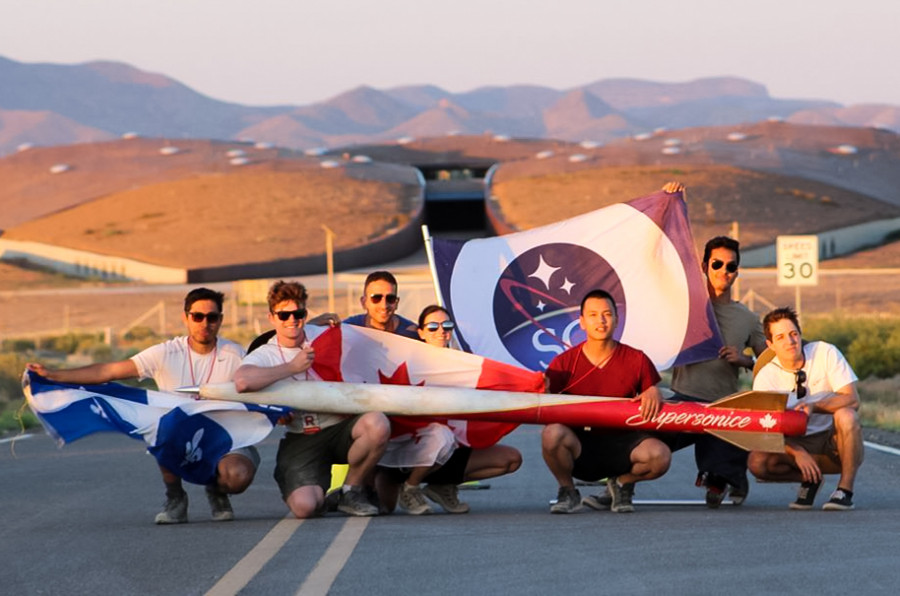
They are also designing their own liquid fueled engine, as their previous rockets all used purchased solid fuel engines. Liquid rockets are significantly more complicated, and more expensive.
Yet, in the first phase of the challenge, they placed second after the University of Michigan, netting them a $15,000 U.S. prize. The only other Canadian team among the five finalists was the University of British Columbia. Space Concordia also went home with a second prize of $2,500 U.S. given by Dassault Systèmes, a sponsor of the challenge, for those who used their 3DEXPERIENCE project management platform.
They often face off against schools with more funding, yet still manage to be one of the top university teams. If anything, the lack of funds might be one of their greatest assets.
“Whenever we encounter a problem, we don’t just throw money at it,” Halcro. “We have to design around whatever the problem is.”
If there’s one thing you learn about spending time with the folks at Space Concordia, it’s that this stuff is really complicated. It’s literally rocket science. Yet, a bunch of students—most of them undergraduates—manage to do it in their spare time. For free, too, which might be what makes them so good.

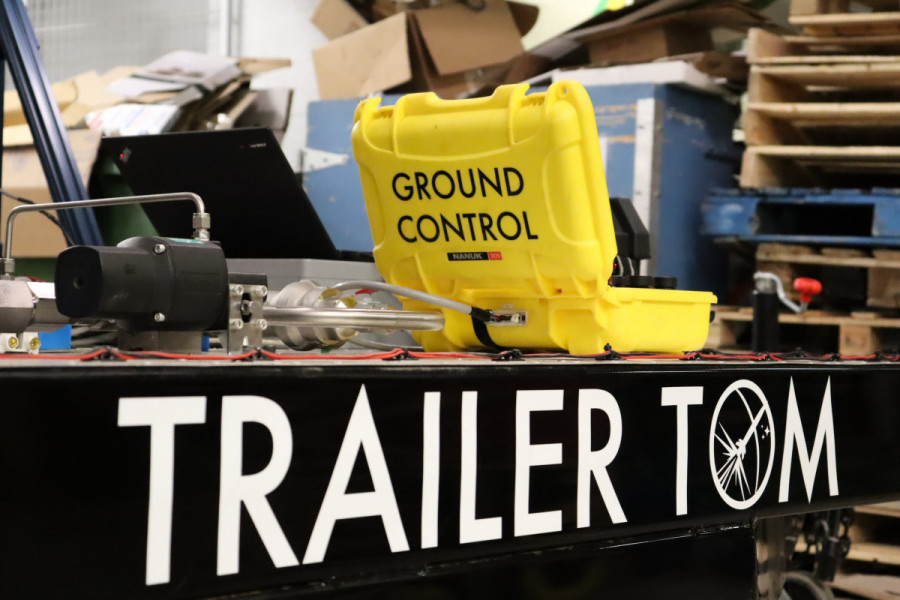
_600_832_s.png)

